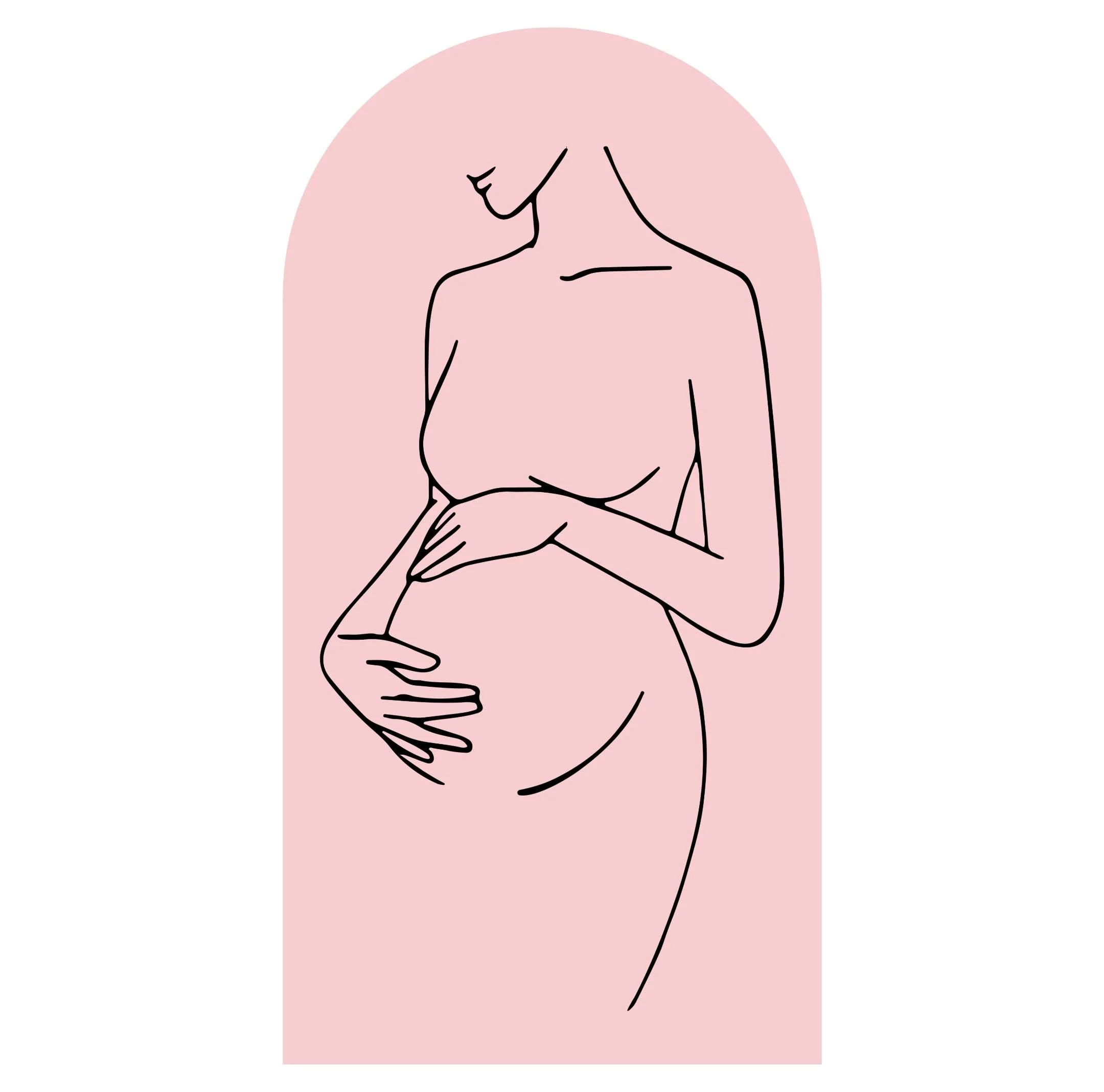For most of my life, I’ve embraced pessimism, wearing it as if it were a badge of honor. I believed optimism was a trait for the naive. I thought, why not prepare for the worst? After all, if I expect the worst outcomes, I can’t be caught off guard. Where an optimistic person might view a gloomy sky as a sign of nourishing rain, I’d be envisioning potential roof leaks and flooding in the yard due to an impending storm that could rival the worst natural disasters.
But this year, something shifted.
My journey towards a more optimistic outlook began unexpectedly during a gathering with some inspiring fellow writers. We met in early January to discuss our writing aspirations for the year. Although I was apprehensive about articulating my goals—fearing that speaking them aloud would somehow invite the universe to thwart them—I joined in.
As we brainstormed themes to guide our yearly objectives, I suggested “Determined Optimism.” My pessimistic tendencies had been draining me for far too long. Yet, I found the term “determined” to almost contradict the lightness of optimism—it sounded too rigid and forced. My ingrained pessimism made it hard to embrace that hopeful mindset fully.
For weeks, I floundered without a guiding theme, convinced I was doomed to remain stagnant in my endeavors. But then I began to notice my son, Jason, mirroring my own negative mindset. At just 11 years old, he often groaned in frustration over his art projects, declaring them “terrible” even when they showed promise. If we were running late to a movie or he received a less-than-stellar math grade, he assumed the worst: we’d miss the film entirely, and he would fail math for the year. Hearing him echo my pessimism was heartbreaking and made me realize how my outlook was affecting him.
One day after school, Jason shared his concerns about a quiz. His voice was heavy with disappointment. But then something remarkable happened: he brightened and said, “But, you know what? I’ll do better on the next one.”
I was stunned. “That’s true,” I replied, meeting his hopeful gaze in the rearview mirror. He explained how, during a photography project, he’d accidentally damaged his camera lens. Instead of getting upset, his art teacher saw it as an opportunity to create something new. “She’s an optimist,” he said, beaming. “I thought that was a good way to be.”
In that moment, I realized the contrast between my anxious thoughts and my son’s hopeful perspective. While I worried about potential consequences, Jason saw the silver lining and embraced the opportunity to learn and grow. His budding optimism inspired me to reconsider my own outlook on life.
Pessimists tend to dwell on worries, while optimists dare to dream. It was time for me to reconnect with that sense of dreaming—from a place of hope and confidence. This year, I choose to let go of my anxious pessimism and embrace optimism. If you need me, I’ll be over here, diligently working to achieve my writing goals.
For more insights on navigating the journey to parenthood, check out this excellent resource on what to expect when you have your first IUI at Parents. And if you’re interested in understanding more about home insemination, visit this article for further reading. Resources like Make a Mom can also provide valuable information on at-home insemination kits, helping you on your journey to parenthood.
In summary, my son’s journey towards optimism has inspired me to rethink my own perspective. Embracing a hopeful outlook can lead to growth and opportunities rather than dwelling on fears.
